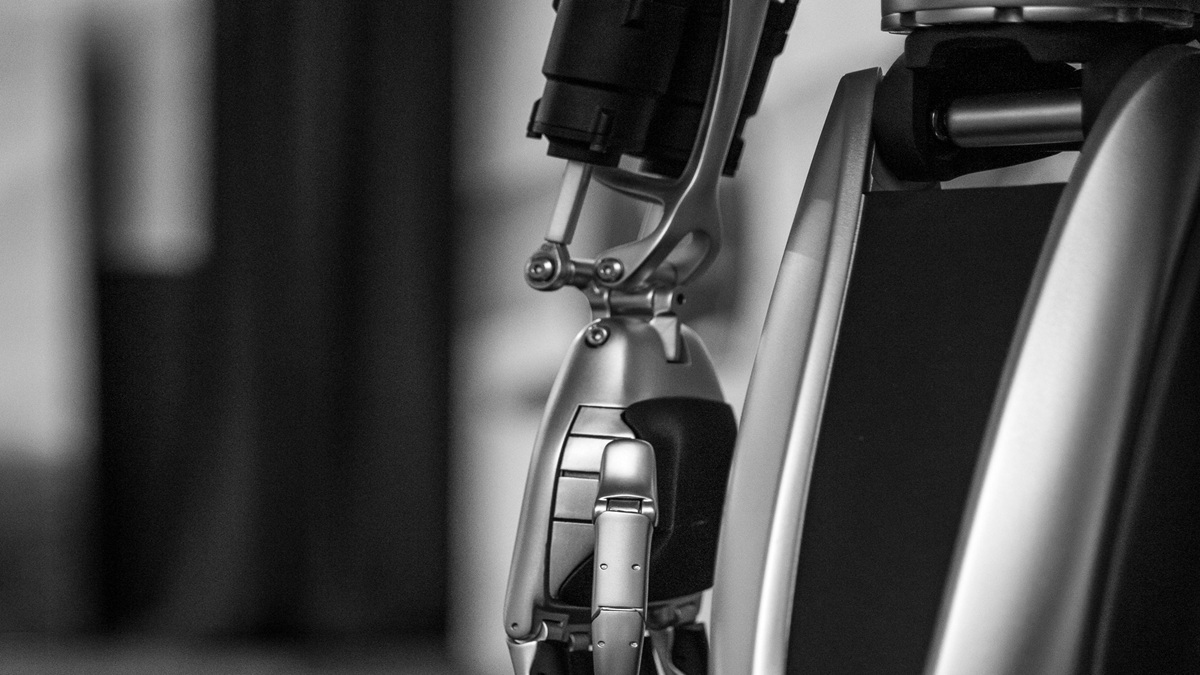Imagine walking into your kitchen in the morning and seeing the robotic arm of an automatic coffee machine steadily grasping your cup, or observing a robot arm in a warehouse rapidly and precisely moving boxes. Behind these smooth movements, it is not just motors or programming at work; structural components quietly provide critical support. Frames, brackets, and housings do more than maintain the skeleton—they carry high-precision gears and bearings, distribute motion loads, protect internal systems, and ultimately allow the robot to move as naturally and steadily as a human hand.

Photo by https://www.pexels.com/zh-tw/photo/29054364/
Manufacturing Process: How Structural Components Are Made
Material Selection
- Aluminum Alloy: Lightweight yet strong, widely used for arms and housings to reduce energy consumption while maintaining rigidity, much like a bicycle frame that is both light and durable.
- Engineering Plastics: Commonly used for outer covers and cushioning parts, reducing weight while offering impact resistance, similar to buttons and housings in everyday appliances.
- High-Strength Steel: Used for critical support and load-bearing components, ensuring long-term durability, comparable to the chassis of a vehicle.
Manufacturing Techniques
Robot structural components are typically first shaped using CNC machining, precisely cutting aluminum alloys and steel to ensure every part meets exact dimensional requirements. They are then formed and welded through sheet metal forming and welding, creating a robust frame and housing that remain stable under high-speed operation. Finally, surface treatments—such as anodizing or coating—enhance corrosion resistance and wear performance while maintaining aesthetics, much like a household appliance with a protective finish that is both durable and visually appealing.
Design Features
- Lightweight:Utilizing truss structures and hollow designs to reduce weight and energy consumption, similar to the design principles of folding bicycles that balance lightness and strength.
- High Strength: Optimized through finite element analysis (FEA), the structure withstands prolonged operational vibration and stress, ensuring long-term stability, just as skyscrapers are engineered to resist earthquakes.
The Invisible Value
Through precise machining and welding, the frame remains rock-solid, ensuring that each rotation is accurate—similar to the micro-movements of surgical robot arms performing millimeter-level operations. High rigidity and low-friction design reduce vibration and noise, allowing smooth performance in high-speed material handling, precision welding, or semiconductor wafer transport. Combined with high-strength materials and surface treatments, the components are durable, lower maintenance costs, and ensure long-term production line stability. Whether in medical surgery, automated logistics, or precision factory operations, structural components serve as the core stabilizing force behind robot performance.
Conclusion
Precise CNC machining, heat treatment, surface finishing, and modular, intelligent design not only ensure that each gear and bearing meshes accurately and rotates smoothly but also significantly enhance component durability and production efficiency. As materials technology and smart manufacturing continue to advance, these precision processes and intelligent designs will sustain the stability and reliability of future robotic applications, bringing automation and intelligence into every corner of life and industry.





.png)








